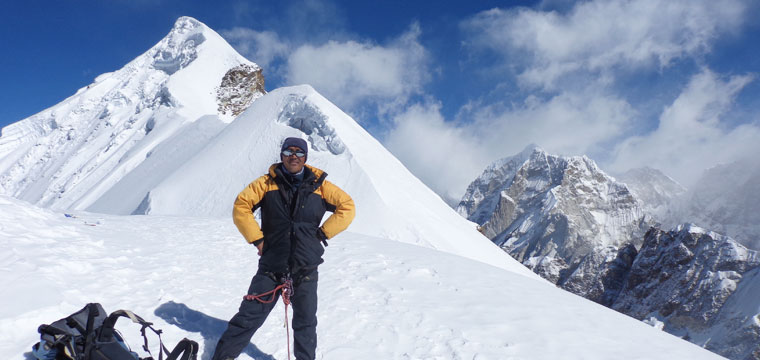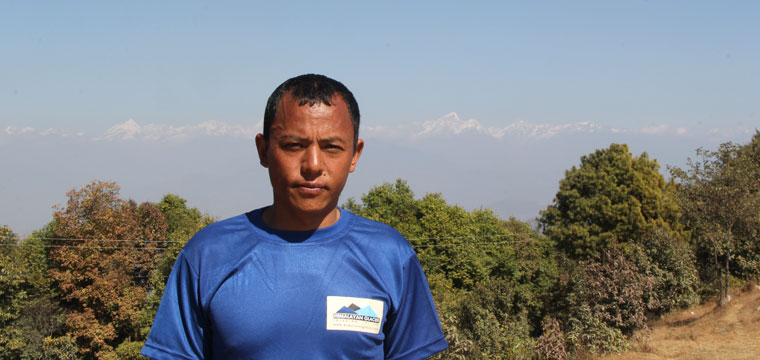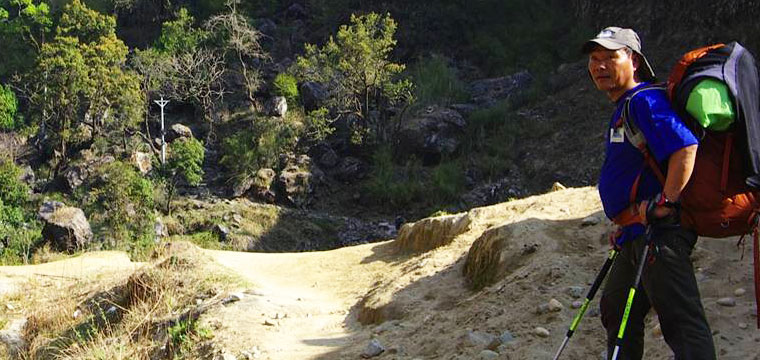“The Sherpas of Nepal bear special genes and physiology to survive high-altitude life conditions” – CNN.
A recent study has revealed the biological functioning of Sherpas, announcing them superhuman mountaineers. Sherpas are inhabitants of the mountain region of Nepal and accompany travelers around the world to climb the Everest and many other mountains in Nepal. They are physically strong beings, serving as leaders and potters. Thanks to their exceptional ability to cope with the high altitude and cold temperature, they are widely renowned among adventure enthusiasts traveling in Nepal.
To note one, Tenzing Norgay, the first man to step on the top of Everest alongside Sir Edmund Hillary, was a Sherpa.

Photo By : Kari Peterson
Although it is not an unfamiliar topic that Sherpas are extremely capable, it is good to read the report that provides the reasons they can endure harsh condition of less atmosphere and low temperature. The experiment, carried out by Denny Levett in 2013, was named “Xtreme Everest 2 – a scientific expedition to the top of Everest”.
The report states that Sherpa’s bodies work like a fuel efficient car; their body cells burning less oxygen to produce more energy. Also the blood flow in a Sherpa’s body was found to be functioning well compared to a slow blood flow in a normal human in such conditions.
“The blood flow of a normal human slows down with increasing altitude, causing altitude sickness. On the other hand, a Sherpa has normal blood flow even in extreme altitude and cold temperature”, as quoted on the report.
The report was based on observations and experiments on a total of 180 volunteers, Sherpas and Non-Sherpa. Measurements were done on various conditions on the way to Everest Base Camp Trek, measuring the difference in biological functioning on both types of volunteers.
Source: CNN. Read the complete report here.
Nepal differs in its geography from around 50 meters to 8000 meters above sea level. Sherpas inhabit the mountain regions of Nepal. They shelter in the very environment where others gasp for a normal breath. Sharing the Tibetan ancestral in-habitation practices, they live in a very harsh climate with very less cultivable land. It is always cold, and they breathe in a less dense atmosphere.
Most often than not, Sherpas assist mountain climbers as a guide, leading the way. They are equipped with first aid training and rescue to ensure safety of climbers. Some Sherpas also work as potters, carrying three times the load a normal person can carry. Their familiarity to the climate and high physical strength are one of many things that make climbing possible for normal people.
Meet some of our own Superhuman Staff who have been providing mountaineering and expedition services with Himalayan Glacier. Without them, mountain expeditions would have never been possible.












